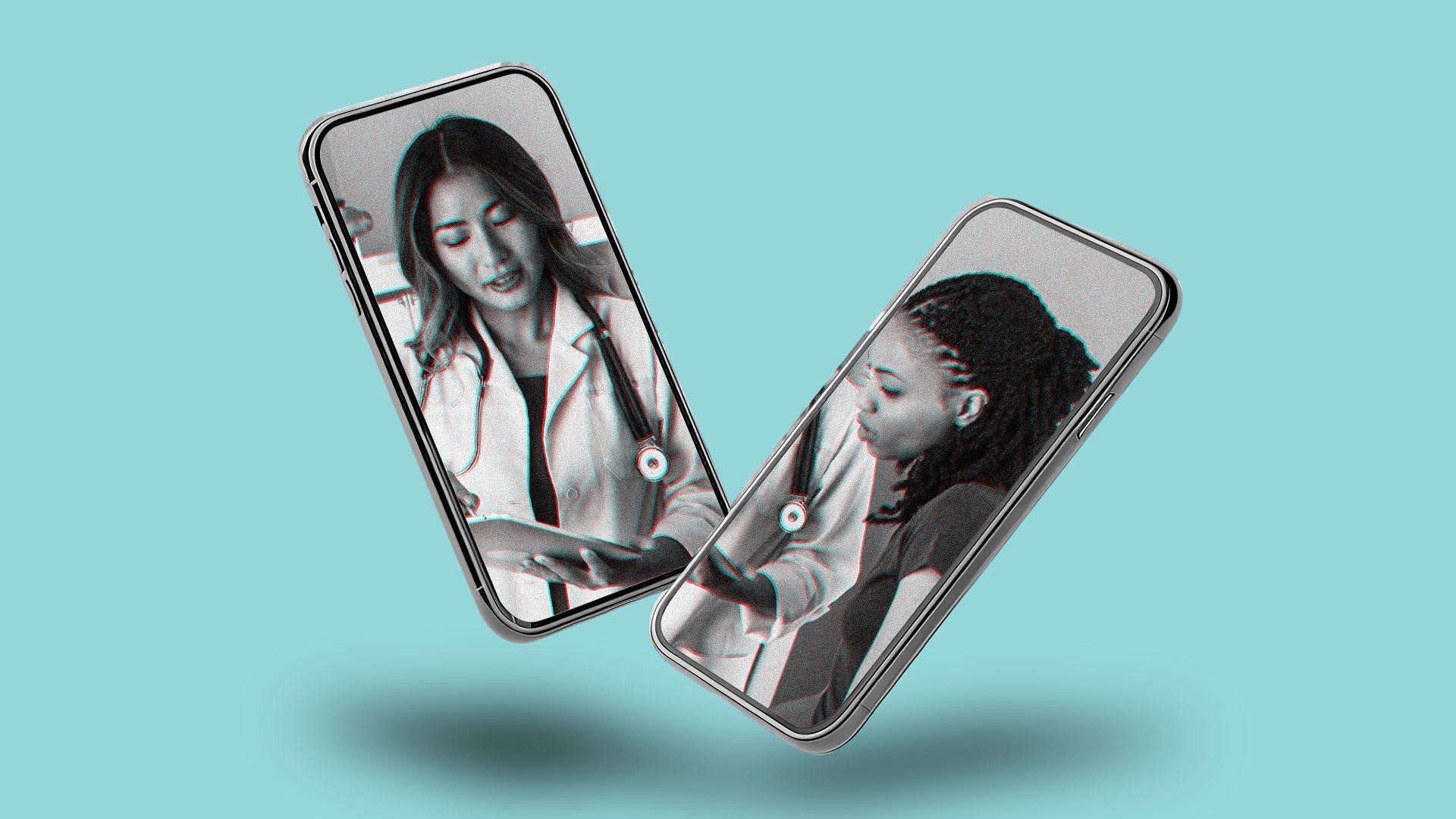Doctors resisted telemedicine at first, but now they love it (and patients do, too)
Doctors resisted telemedicine at first, but now they love it (and patients do, too)
A new study reveals the impact that telemedicine has had on physician satisfaction.
COVID-19 spurred a wave of telemedicine. This has improved patient access to doctors, but what about doctor satisfaction?
A new paper published in the International Journal of Medical Informatics finds that telemedicine increased both the quality of patient care and physician satisfaction.
The researchers pulled data from the 2021 annual National Electronic Health Records Survey, which includes responses from 1,875 doctors. They studied the impacts of visits conducted via telephone, videoconference, telemedicine platforms such as Doxy.me that aren’t integrated with electronic health records, and those that are—allowing the doctor to update the records during the visit.
The researchers also examined how barriers such as internet speed and bandwidth, platform ease of use, lack of fit between doctor specialty and telemedicine, patient difficulty in using technology, and reimbursement for telemedicine visits impacted overall doctor satisfaction.
Call me maybe
Overall, telemedicine had a significantly positive impact on doctor satisfaction and quality of care, the researchers found. Interestingly, telephone consults and telemedicine platforms that were not integrated with health records had a more positive impact on the number of patient telemedicine visits compared to other types of telemedicine.
The study’s authors hypothesize that this might be because patients are familiar with telephones and know how to use them. However, the researchers added that they needed data from patients to understand why telemedicine platforms without health records had a more positive impact than videoconferencing or other types of telemedicine platforms.
The researchers also found that telemedicine barriers had a negative impact on physician satisfaction and perception of quality of care. Interestingly, neither telemedicine barriers nor ability to be reimbursed had an impact on the number of patient visits via telemedicine.
In general, these results are in line with previous studies that found 65% of doctors were satisfied with patient relationships during telemedicine visits, and that doctors with good video and audio quality were 3.68 times more likely to report enjoying telehealth visits than doctors who had choppy video or audio.
According to the paper’s authors, “Given the long-held tradition of face-to-face visits in the U.S. healthcare system,” there may have been some initial reservations about online physician visits during the early stages of COVID-19. However, they write, the study “confirmed that physicians are satisfied with this technology and believe that it increases quality of care.”
ABOUT THE AUTHOR
Fast Company
(3)



